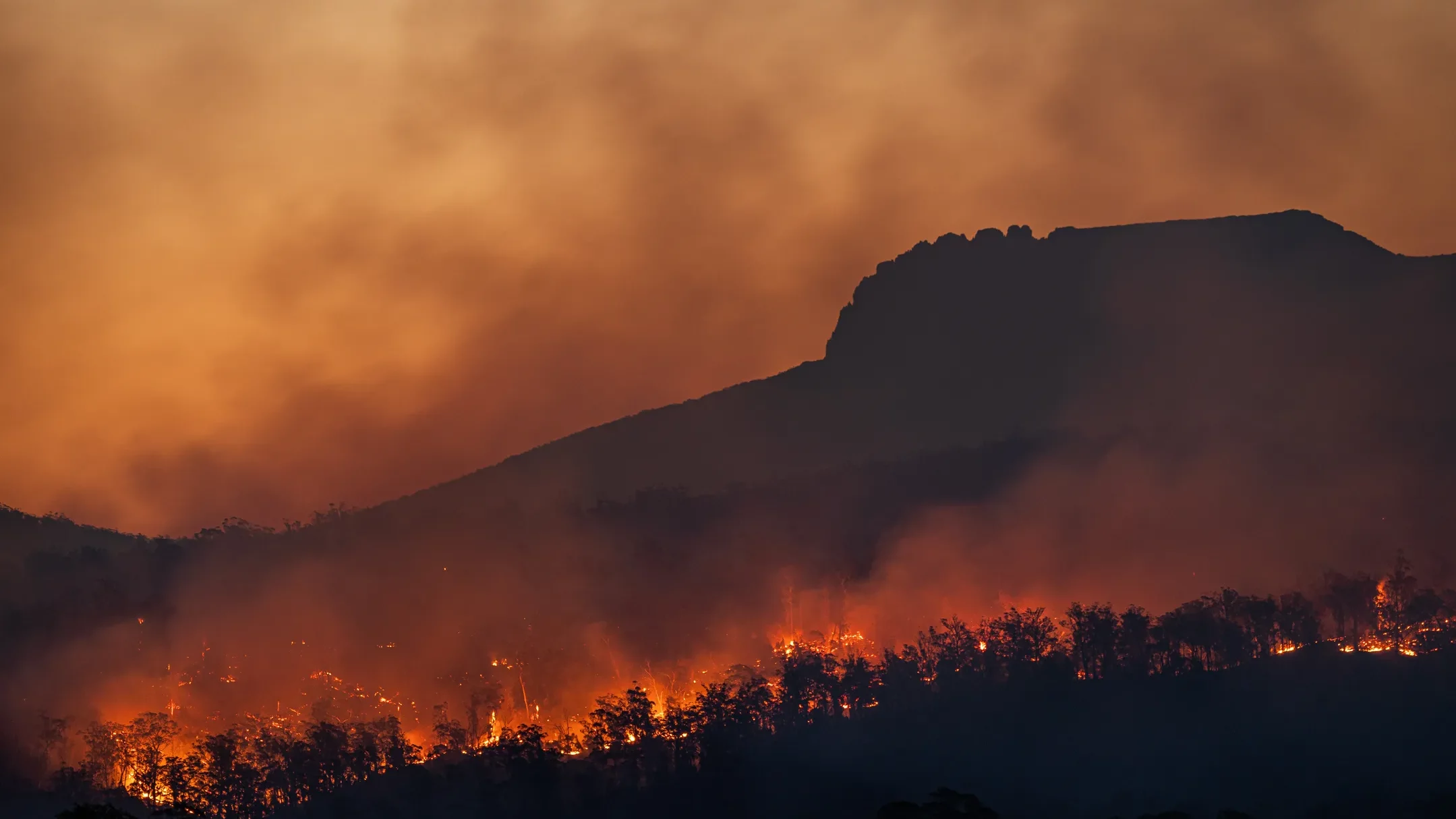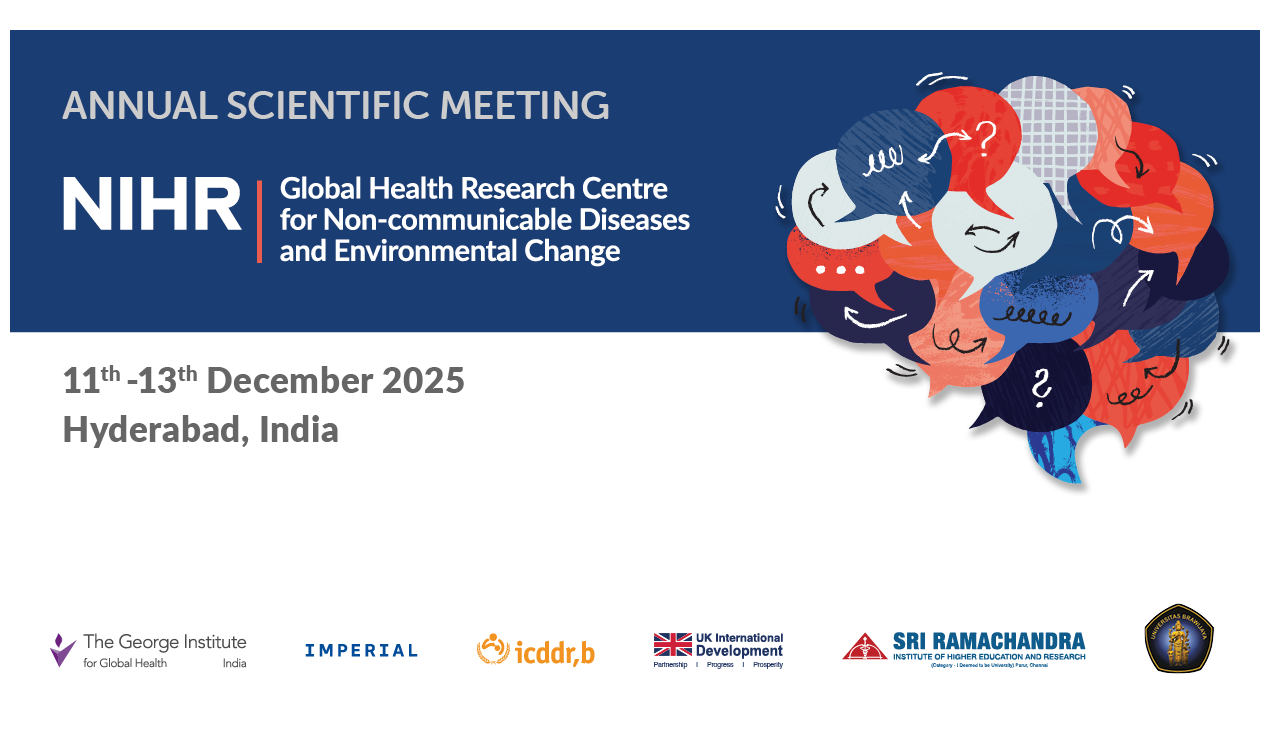In recent years, India has been dealing with a hidden health threat that often goes unnoticed: Heatwaves. This silent killer, usually overshadowed by other issues, is gradually becoming a prominent concern for public health now that its effects have been worsened by climate change. In 2019, more than three lakh1 heat-related deaths were reported worldwide in people above 65 years of age, a huge fraction of these deaths were reported from India. Between March and May 2022, the Indian subcontinent experienced Two hundred and eighty heatwave days2 across sixteen states, highest in about twelve years. Study3 suggests that this spike in heat waves is more likely due to climate change.
Diversity of the issue
Heatwaves can cause many different issues and are not limited to any particular geography. The type of events and the areas affected are equally diverse.
For instance, take the case of widely reported grim statistics from Bihar, (Bihar is located in the northern plains of India). The summer of 2019 saw a wave of over one hundred heat-related deaths in three districts of Bihar4, shedding light on the broader ramifications of extreme temperatures. These incidents serve as harbingers, warning against the complacency that often surrounds heatwaves. The toll on human lives in Bihar is a prime example of why there is a pressing need for quick, simple, and flexible strategies to prevent the growing risk of exposure to extreme temperatures.
In April 2023, the reality of heatwave-related fatalities manifested in an open-air award ceremony in the city of Mumbai, which lies in western part of India, approximately 1800 km from Bihar. Thirteen people succumbed to heatstroke5, and an alarming six hundred individuals were hospitalized. This tragic incident stands as a stark reminder of the profound impact that rising temperatures can have on vulnerable populations. The large number of fatalities reminds us about the country’s most extensive heatwave-related mortality toll from heatwaves. This highlights the urgent need for taking steps ahead of time.
In the same month in April 2023, Tamil Nadu, that lies on the east coast of India, experienced an unusually hotter month on record . The temperatures soared to 41°C in Erode, one of the 38 districts in Tamil Nadu6. Other districts also recorded temperatures above 40°C. Such extreme heat not only disrupts daily life but also poses severe health risks. The unprecedented warmth in Chennai emphasizes the localized nature of the issue, urging authorities to tailor interventions according to the unique challenges faced by different regions.
Need to understand the silent threat
Heatwaves are not simply abrupt increase in temperature. They involve a complex interaction of meteorological and natural factors such as wind patterns, high pressure systems, humidity levels, and land surface conditions. Sustained exposure to high temperatures can lead to heat-related illnesses, with vulnerable populations; the elderly and children- facing heightened risks. The silent nature of this threat lies in its gradual and often overlooked impact on public health, making it imperative to elevate awareness and institute adaptive measures. In the wake of these events in 2019, 2022, and 2023, it has become increasingly evident that policymakers, healthcare professionals, and communities must work together to address this threat.
Heat Action plans
Heat Action Plans (HAPs), represent India’s primary strategy in addressing economically damaging, and life-threatening heatwaves. They include a range of preparatory measures, disaster responses, and post-heatwave actions at various levels of government, from state to district to city departments, aimed at mitigating the impact of heatwaves. The inaugural Heat Action Plan7 was initiated in 2013 by the Ahmedabad Municipal Corporation, serving as a model for subsequent implementations nationwide. Presently, India’s central government collaborates with twenty-three heat wave-prone states and more than one hundred thirty cities and districts to craft and execute HAPs throughout the country. A heat early warning system, focused media campaigns and educational programmes can spread safety information.
Crucially, healthcare professionals and community workers are learning heatwave management and early detection skills to improve heat-related illness treatment. Promoting cool roofs, green spaces, and increased building ventilation can also reduce heatwaves-related health risks. These strategies can be regionally customized to improve readiness, response, and cooperation across sectors and communities. By fostering this proactive and collaborative response, India can build resilience and protect its citizens from the silent menace that lurks in the rising temperatures of the 21st century.
————————————————————————–
This is the second blog in a miniseries developed to mark the World Health Day 2024. The theme for this World Health Day is ‘My health, my right’.
About the author: At the time of writing this blog, Dr. Yogeshwaran M was a Senior Research Fellow at Sri Ramachandra Institution for Higher Education and Research.
This research was funded by the NIHR (Global Health Research Centre for Non-communicable Diseases and Environmental Change) using UK international development funding from the UK Government to support global health research. The views expressed in this publication are those of the author(s) and not necessarily those of the NIHR or the UK government.
Note: This article has been updated on 20 May 2024 for clarity and brevity






